Monumental success: Chinese American architect leaves behind iconic structures
People's Daily app
1558055752000
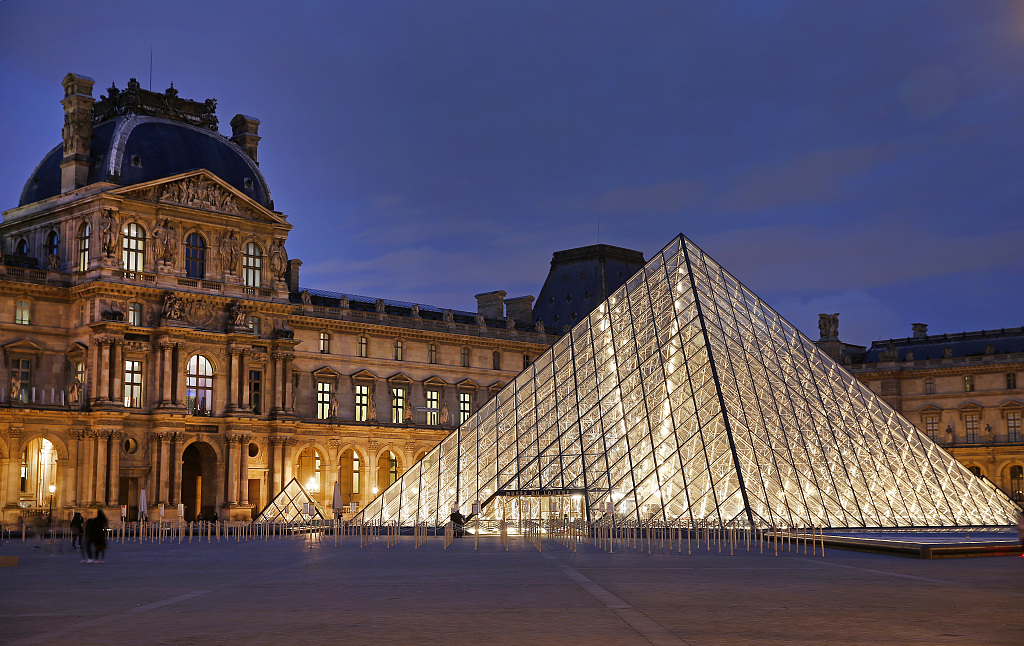
The world-famous Chinese-born US Architect Ieoh Ming Pei, commonly known as I.M. Pei, died on May 16 at the age of 102. This photo shows one of his notable structures: the pyramid of the Louvre Museum (Pyramide du Louvre) in Paris, France. (Photos: VCG)
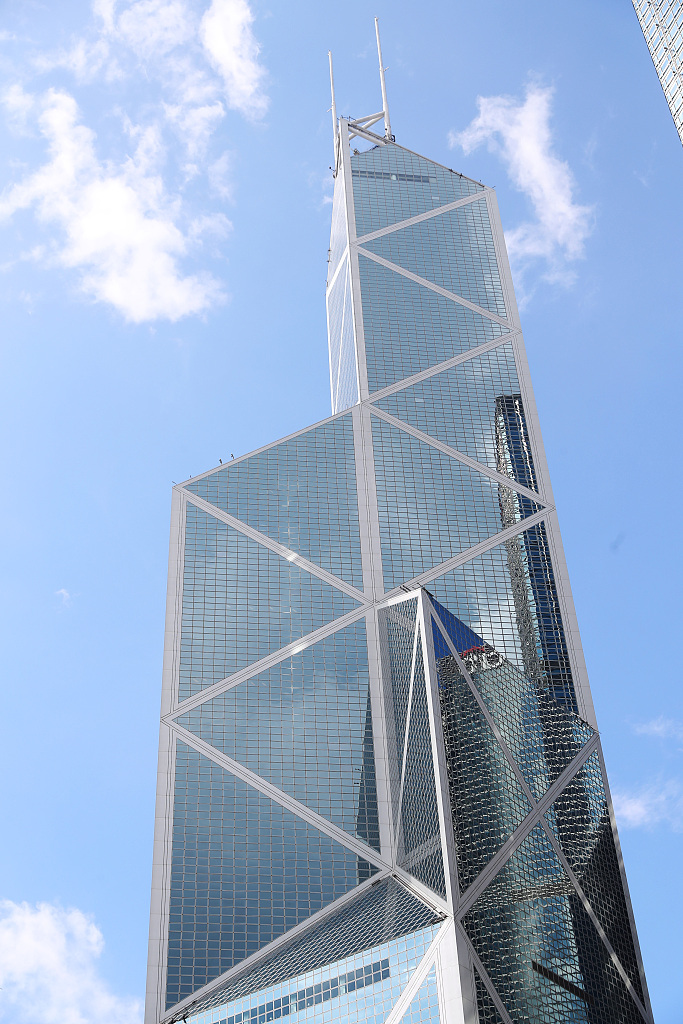
Pei's modern designs and high-profile projects made him one of the best-known and most prolific architects of the 20th century. This photo shows one of his notable structures: the Bank of China Tower in Hongkong, China.
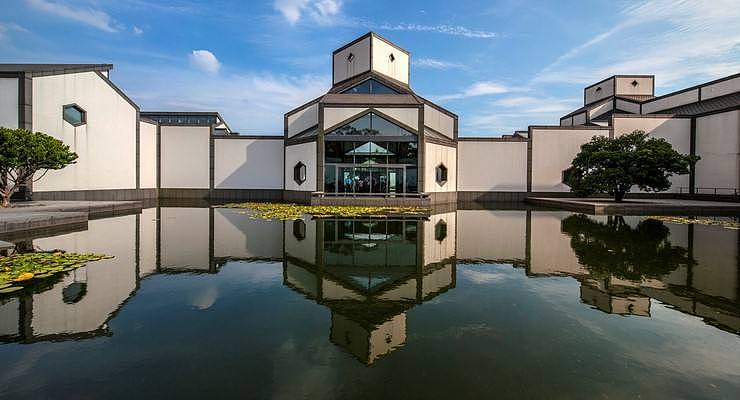
Pei was born in Guangzhou, China, and raised in Hong Kong and Shanghai, before moving to the United States in 1935. This photo shows one of his notable structures: the Suzhou Museum in Jiangsu province, China.
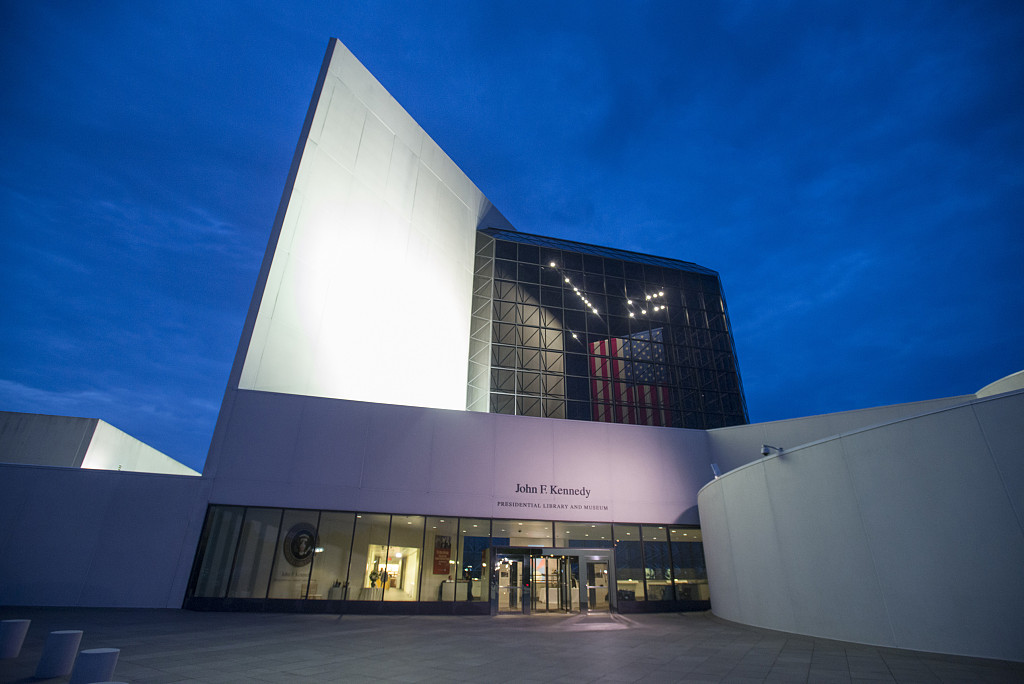
He won a wide variety of prizes and awards in the field of architecture. This photo shows one of his notable structures: the John F. Kennedy Presidential Library and Museum in Boston, US.
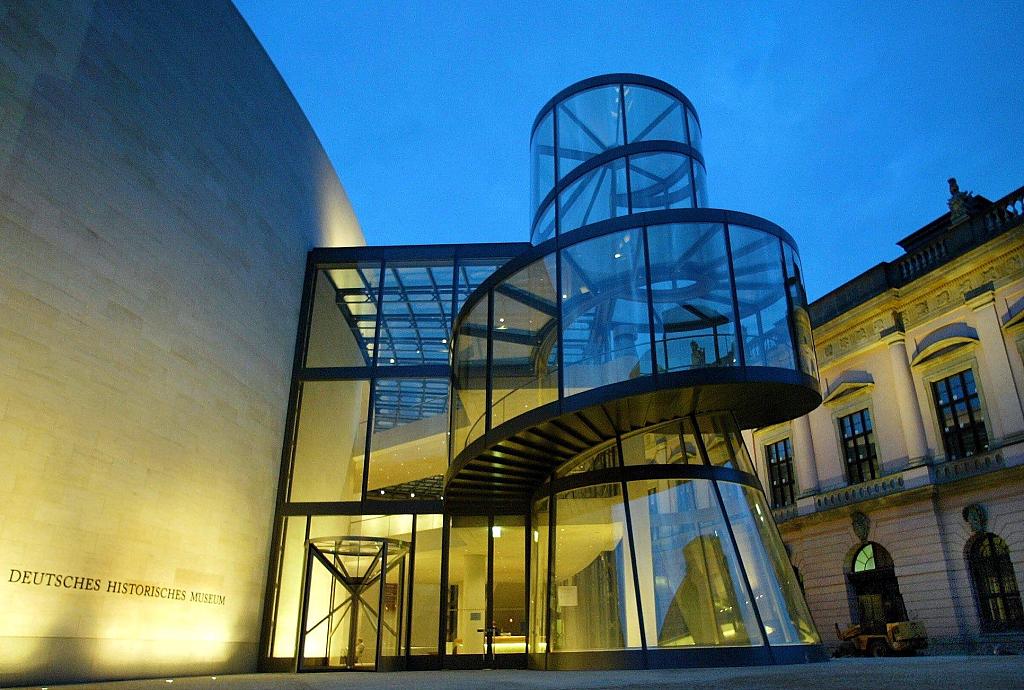
His masterful creations are all over the world. This photo shows one of his notable structures: the Deutsches Historisches Museum in Berlin, Germany.
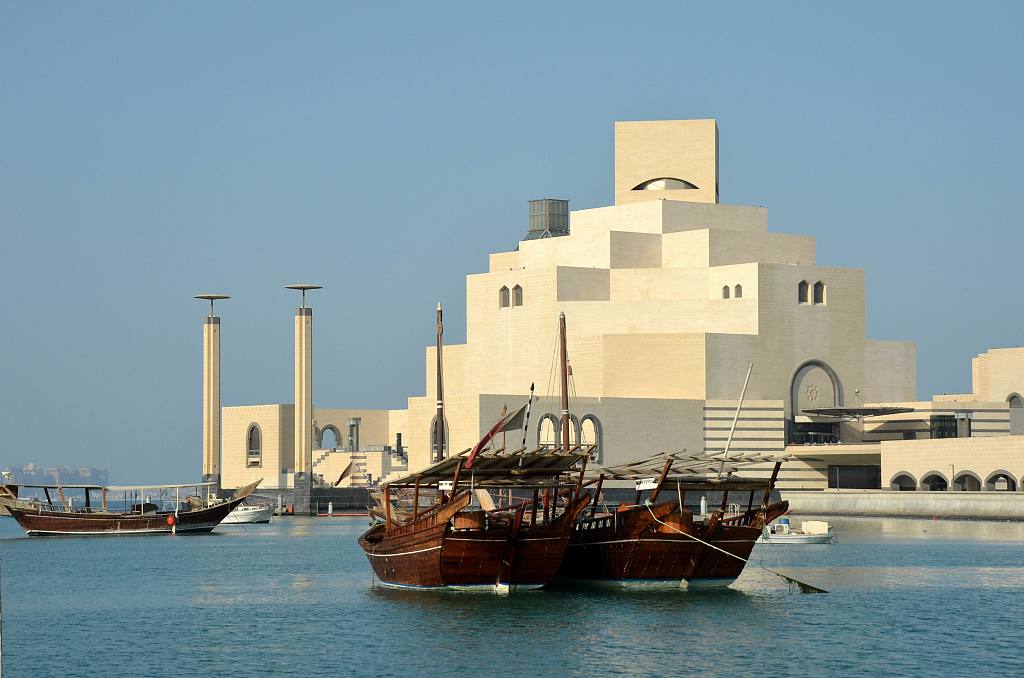
This photo shows one of his notable structures: the Museum of Islamic Art in Doha, Qatar.

This photo shows one of his notable structures: the Miho Museum in Shiaga Prefecture, Japan.
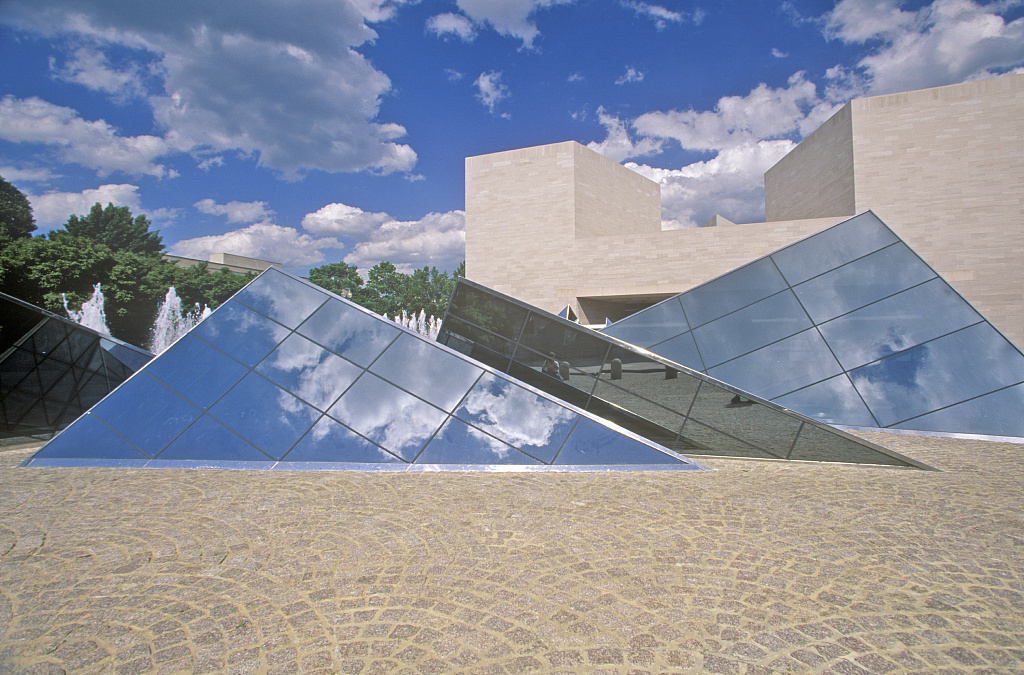
This photo shows one of his notable structures: the National Gallery of Art in Washington, D.C., US.

This photo shows one of his notable structures: the Fragrant Hill Hotel inside Fragrant Hills Park in Beijing, China.


